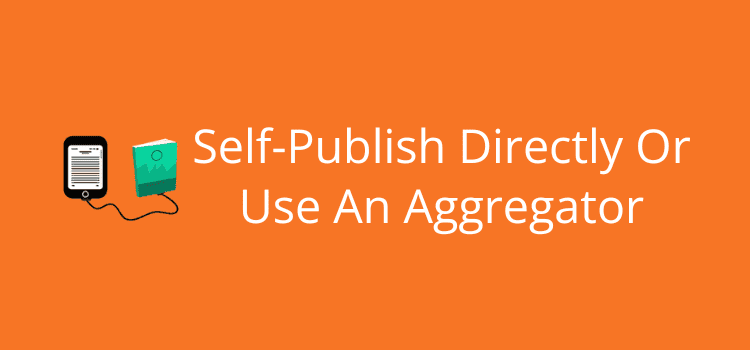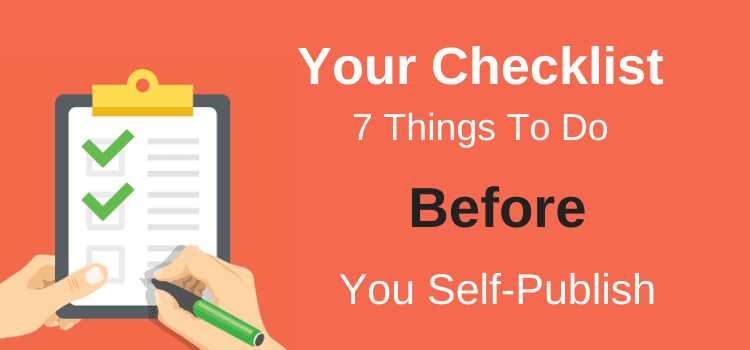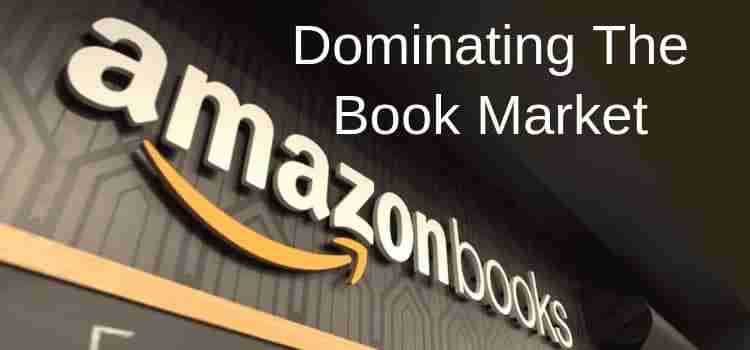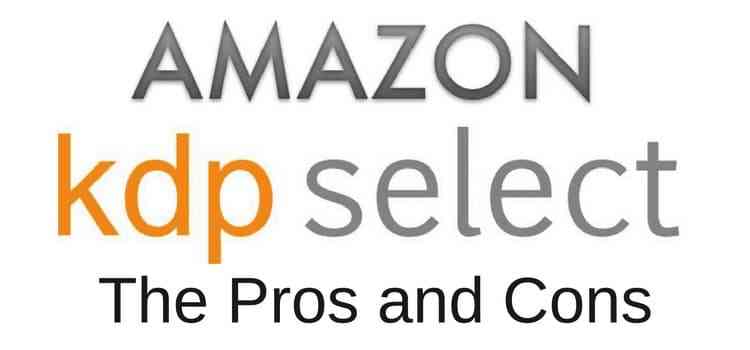
For new authors who are publishing for the first time, choosing to self-publish directly or use an aggregator is essential.
Self-publishing directly means independently managing the publishing and distribution of your ebook on each self-publishing platform.
However, using an aggregator involves distributing your book through a third-party service that handles multiple ebook retailers and libraries.
This choice can impact your control, reach, and potential earnings.
The choices between control and flexibility
When you self-publish directly with Amazon KDP, Apple, Google Play, and Kobo, for example, you retain complete control over every part of your ebook’s publication and distribution.
This includes your choice of pricing, additional metadata, promotional tools, and updates to your ebook.
Direct publishing allows you to customize your approach for each platform, tailoring your marketing efforts to suit different readers.
For instance, you may want to add links at the end of your ebook to your other titles available on a particular retailer. You can’t do this with aggregation.
However, this level of control requires more time investment to manage each platform effectively.
You will need to maintain different versions of your manuscript for each ebook retailer.
On the other hand, using an aggregator like Draft2Digital simplifies the process by managing multiple platforms for you.
You only need one version of your manuscript and book cover.
While you lose some degree of control, you gain the convenience of publishing or updating your ebook and pricing across all platforms and retailers at the same time.
This can be especially beneficial if you are new to self-publishing or prefer to focus more on writing than technical tasks.
Your distribution reach
Self-publishing directly can sometimes limit your ebook’s reach, especially if you only focus on major platforms like Amazon and Apple.
Although Amazon dominates the ebook market, readers use many other providers, such as Barnes & Noble, Kobo, and smaller niche sites.
Aggregators can help you reach a wider readership by distributing your ebook across multiple platforms and regions, including some you might not have thought about.
Using an aggregator can also help you access international markets, where different platforms may be more popular than those in your country.
This expanded reach can help increase your sales to a broader reader base.
Calculate your royalties
Your potential royalties are a decisive factor when deciding on using an aggregator or self-publishing directly.
When you publish directly, you usually receive higher royalty rates. For example, Apple and Google Play offer 70% royalties on all sales.
But aggregators always take a cut of your royalty earnings. The typical rate is around 10-15%, but may also include a platform’s fixed commission.
It means you will always end up with lower overall royalties when using an aggregator.
However, aggregators can sometimes negotiate better terms with smaller platforms, potentially offsetting their commission with higher sales volumes that you might not achieve elsewhere.
One other factor is that with an aggregator, you will be paid from one source for your royalties.
When publishing directly, you will receive individual payments, and you may not always reach payment thresholds.
Calculating potential earnings from both approaches is essential to determining which offers the best financial return for your specific situation.
Balancing your time and effort
Managing the publishing process on multiple platforms can be time-consuming.
Each platform has its own set of formatting requirements, upload processes, and promotional tools.
Self-publishing directly means you’ll need to understand the requirements for each site, which can take time to learn.
Aggregators streamline this process by handling the technical aspects of publishing for you.
They convert your manuscript into the required formats, upload it to various platforms, and ensure your ebook is available across multiple retailers.
This can save you significant time and effort, allowing you to focus on writing and marketing your book.
Marketing and promotion opportunities
Marketing is an integral part of an ebook’s success, and both self-publishing directly and using an aggregator have their advantages.
By self-publishing directly, you can tailor your marketing strategies to each platform’s unique audience and leverage specific promotional tools each site may offer.
Aggregators, however, often provide additional marketing support and resources.
Some, like Draft2Digital, offer automated suggestions for promotional opportunities and insights into which platforms perform best.
This can help you make informed marketing decisions without the need for extensive research and experimentation.
Customer support and assistance
When you self-publish directly, you may need to seek help from each platform’s customer support individually, which can be time-consuming and not always very helpful.
Support from Amazon, Apple, Barnes & Noble, or Kobo can be basic, to say the least.
Aggregators are more likely to give you better and faster customer support, guiding you through any issues you might strike during the publishing process.
They may offer assistance with formatting, distribution, and troubleshooting, making it easier for you to resolve any issues that you may have.
Consolidated support like this can be extremely useful, particularly if you are new to self-publishing, encounter technical difficulties, or need advice on optimizing your book’s performance.
Deciding on your approach
For new self-publishing authors, deciding to self-publish directly or use an aggregator depends on your specific needs and goals.
If you value control and are willing to invest the time to manage each platform individually, self-publishing directly might be the best choice.
This approach can maximize your royalties and allow for tailored marketing strategies.
However, if you prefer a more streamlined process with broader distribution and comprehensive support, using an aggregator like Draft2Digital could be more advantageous.
This option can save you time and effort, enabling you to focus on writing while still reaching a potentially wider audience.
In the end, your decision should align with your priorities, whether they are maximizing earnings, minimizing administrative work, or expanding your book’s reach.
The pros and cons
Here’s a quick summary of the main upsides and downsides for each option.
Pros of Self-Publishing Directly
Higher royalties
Greater control
Access to exclusive tools
Cons of Self-Publishing Directly
More time consuming
More technical knowledge is necessary
Limited reach
Pros of Using an Aggregator
Saves time
Wider reach
Consolidated royalties and reporting
Cons of Using an Aggregator
Lower royalties
Less control
Limited marketing tools
Conclusion
For new authors, using an aggregator is often a good starting point.
It simplifies the self-publishing process and allows you to reach a wider audience much faster.
But as you gain more experience, you might think about self-publishing directly to specific retailers to maximize your profits and gain more control over your book’s presentation.
The best approach depends on your individual needs and priorities.
Weigh up the pros and cons of each option to help you choose the method that will work best for you.
Related Reading: Free Publishing Apps And Tools For New Authors
Share This Article


